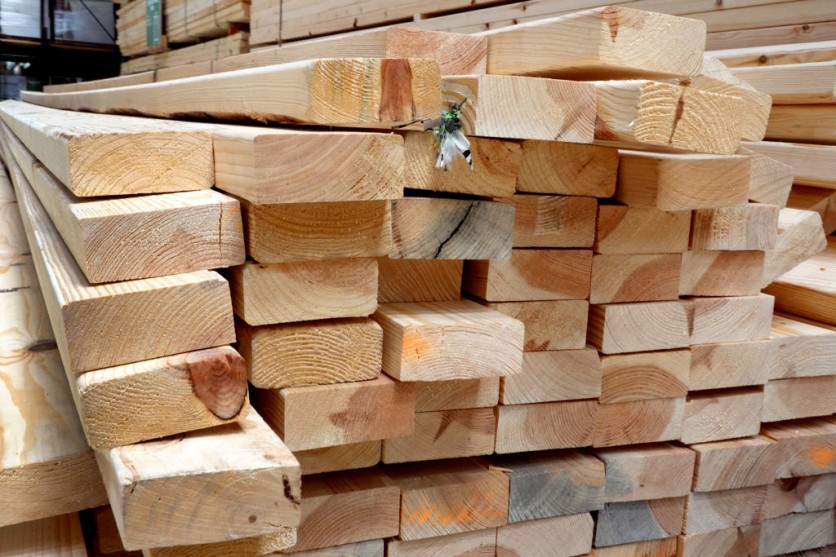A new startup, co-founded by Carlo Ratti, an architect, and professor at MIT, aims to enhance sustainable timber construction using AI technology.
Named Maestro, New Atlas reported that the startup focuses on a project called AI Timber, which seeks to minimize waste during the manufacturing of cross-laminated timber (CLT) by integrating artificial intelligence.

Sustainable Timber Architecture
Traditional concrete construction has been considered less environmentally friendly compared to sustainable timber architecture, but Maestro aims to make timber construction even greener.
Collaborating with Mykola Murashko, a Cambridge graduate, Carlo Ratti, the founder of Carlo Ratti Associati, has launched Maestro to explore the potential of AI Timber.
The concept revolves around diverging from the conventional practice of transforming irregularly shaped trees into uniform, straight lines, a process that typically leads to significant wood waste during CLT production.
Instead, AI Timber preserves the natural and varied shapes of the trees. The process involves using AI alongside digital machining tools to scan raw timber logs and then flat sawing them into irregular boards, matching the wood's size.
AI software is employed to determine the most suitable arrangement, akin to assembling a puzzle, thereby minimizing overall waste.
According to Carlo Ratti Associati's press release, "as the construction industry works to reduce its emissions - cement production alone is responsible for 8% of global CO2 - mass timber has emerged as an alternative for sustainable construction."
AI Timber Approach
The startup further noted that the AI Timber approach could cut wood waste during cross-laminated timber production by approximately 30%, offering an array of benefits beyond waste reduction.
Carlo Ratti highlighted the aesthetic appeal of the irregular geometry, which celebrates the natural shape of trees, showcasing how artificial intelligence (AI) can enhance the beauty of the natural world.
Research published in Nature Reviews indicates that manufacturing one cubic meter of CLT typically demands around 2.75 cubic meters of logs.
In contrast, Maestro's AI Timber method claimed to achieve the same amount of CLT with just 1.9 cubic meters of logs, effectively reducing raw material consumption.
According to New Atlas, the startup is also working toward refining the process for further optimization. Although Maestro is in its early stages, the startup has unveiled a basic prototype in the form of a triangular pavilion.
This pavilion, designed to showcase Maestro's innovative techniques, is on display at Tongji University in Shanghai until September 15.
As AI continues to play a transformative role in various industries, Maestro's efforts in marrying technology with sustainable construction could offer a promising way to make timber architecture cleaner and more eco-friendly.
Related Article : Can AI Bots Solve CAPTCHA Tests Faster and More Accurately Than Humans? Researchers Reveal the Surprising Answer





